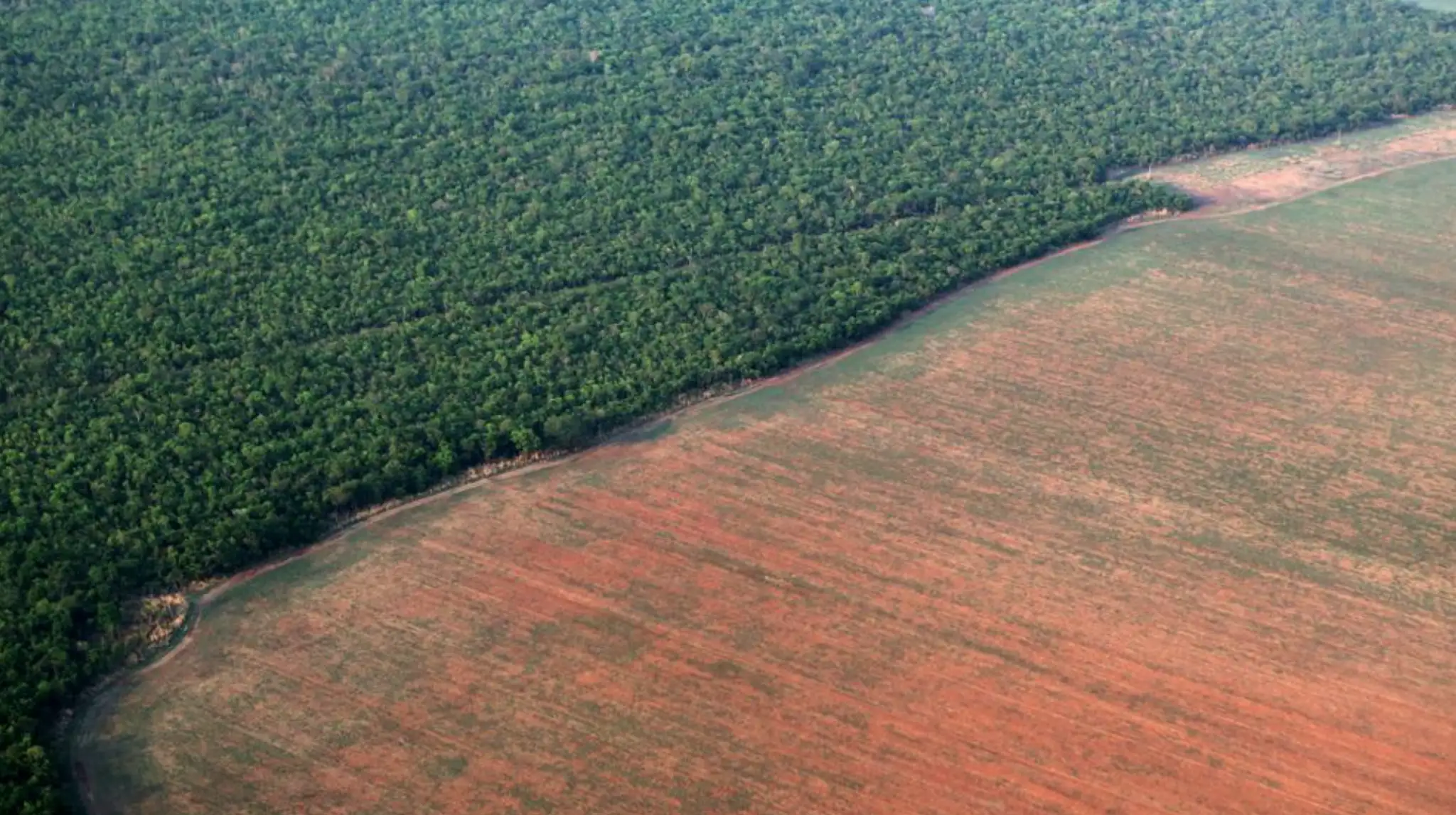In December 2022, at the 15th Conference of Parties to the UN Convention on Biological Diversity chaired by China and hosted by Canada, the ‘Kunming-Montreal Global Biodiversity Framework’ (GBF) was adopted. The GBF includes four ambitious global goals and 23 targets set forth to achieve by 2030.
Why biodiversity? ‘Biodiversity is fundamental to human well-being and a healthy planet, and economic prosperity for all people. including for living well in balance and in harmony with Mother Earth, we depend on it for food, medicine, energy, clean air and water, security from natural disasters as well as recreation and cultural inspiration, and it supports all systems of life on earth.’
The GBF is intended to respond to the Global Assessment Report of Biodiversity and Ecosystem Services issued by the Intergovernmental Science-Policy Platform on Biodiversity and Ecosystem Services (IPBES) in 2019 that identified that despite ongoing efforts, biodiversity is recently undergoing rapid decline.
For instance, the report found that an average of 25% of species of those groups assessed were threatened, suggesting about 1 million species already face extinction, many within decades unless rapid actions are taken. The greatest drivers of these threats with largest global impact include conversion due to land and sea use, direct exploitation of plants and animals, climate change, pollution and disruption of natural ecosystems by alien species.
However, rapid, urgent and concerted actions through widescale nature conservation, restoration and sustainable use can foster transformative change and help to support other global societal goals including food and water security. The purpose of the GBF is to catalyze and enable these transformative actions to reverse biodiversity loss and secure the critical benefits of it provides – food, medicine, energy, clean air and water, security from natural disasters as well as recreation and cultural inspiration, and it supports all systems of life on earth.
The 2050 vision of the GBF is a world of living in harmony with nature where: “By 2050, biodiversity is valued, conserved, restored and wisely used, maintaining ecosystem services, sustaining a healthy planet and delivering benefits essential for all people.”
The 2030 mission of the GBF towards the 2050 vision is: To take urgent action to halt and reverse biodiversity loss to put nature on a path to recovery for the benefit of people and planet by conserving and sustainably using biodiversity, and ensuring the fair and equitable sharing of benefits from the use of genetic resources, while providing the necessary means of implementation.
The goals aim to greatly enhance natural ecosystems and species, ensure sustainable use of biodiversity, knowledge protection and sharing in support of biodiversity conservation and use, and adequate means of implementation through finance, capacity building, technological and scientific cooperation and technological access and transfer. The 23 targets for 2030 are scoped in the areas of: reducing biodiversity threats; meeting people’s needs through sustainable use and benefit-sharing; and tools and solutions for implementation and mainstreaming.
Achieving the COP15 historic plan for conserving at least 30 percent of all land and water on Earth by 2030, the Kunming-Montreal Global Biodiversity Framework is a bold, new challenge for developing economies. Nature-based solutions used to restore ecosystems and stem climate impacts in developing areas and managing development sustainably for people and nature, are two key ways in which countries intend to implement this 30*30 plan and reach its targets. But do we have the sustainable development goals and monitoring frameworks in place to achieve these targets? Watershed approaches to 1) sustainable planning and development and 2) monitoring and evaluation in Latin America and the Caribbean enable sustainability innovations at scales of transformative impact.
This week at the Sustainability Research and Innovation Congress in Panama City, Panama, the world’s largest transdisciplinary gathering for the global sustainability community, various sessions aim to address the challenges the GBF is set to overcome.











